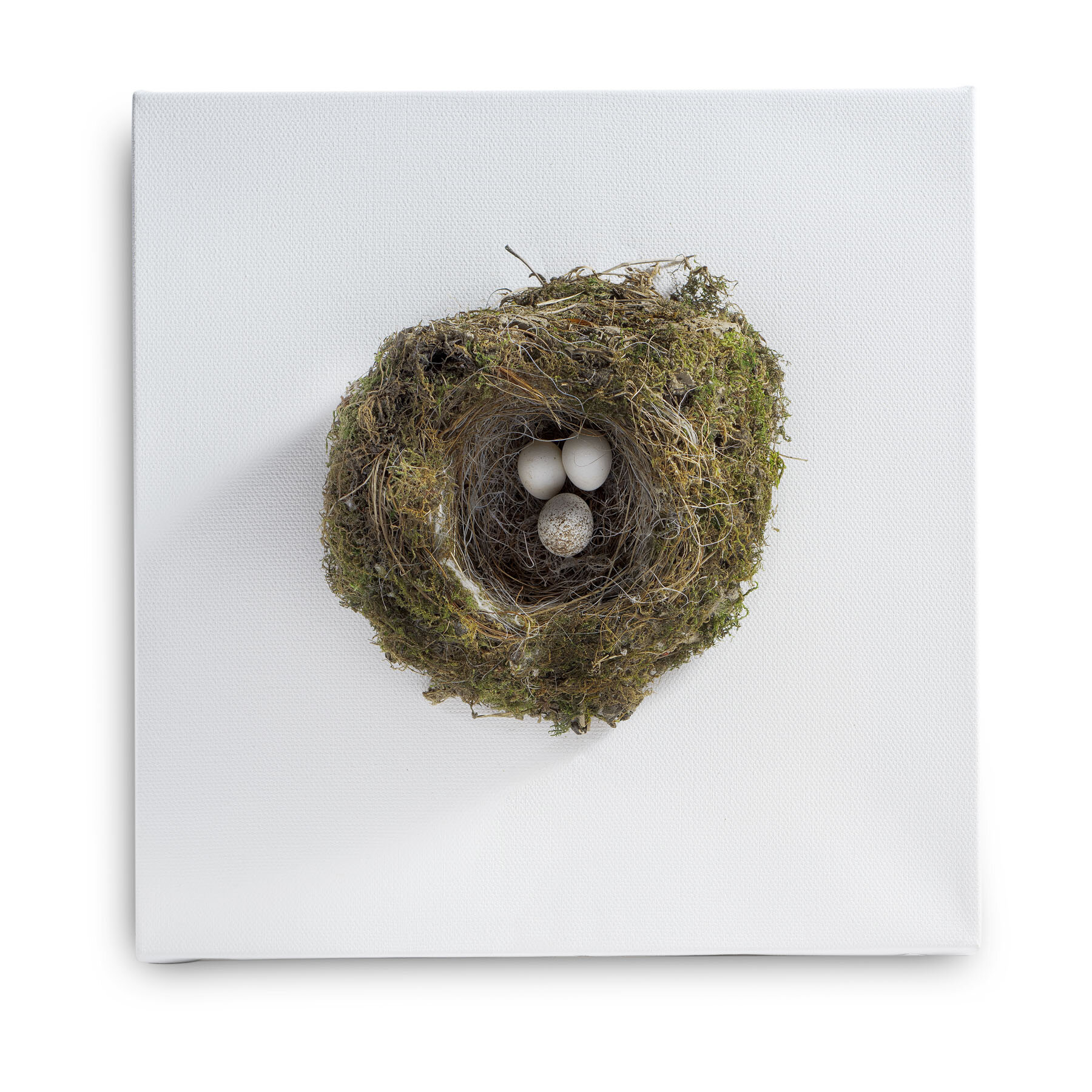“Parasite Nest”
This is the nest of an Eastern phoebe.
You might notice something odd...
there are 2 types of eggs in the nest ! The two white ones are from the Eastern phoebe, while the brown spotted one is from the brown headed cow bird,
The cow bird engages in a behavior called “brood parasitism” meaning it does not build a nest of its own. Instead, it will lay its eggs in another birds nest and pass along all their maternal duties to the unsuspecting phoebe parents.
The young cowbird is fed by the host (eastern phoebe in this case) at the expense of its young. Being that the cowbird is bigger (see 2nd pic above)
it will usually end up breaking the host eggs or expelling the chicks, or later out-begging them for food resulting in death of the hosts chick.
Some host species, such as the House Finch, feed their young a vegetarian diet. This is unsuitable for young brown-headed cowbirds, meaning almost none survive to fledge.
With different hosts reacting to the egg in different ways, for instance:
The blue-grey gnatcatcher, abandon their nest, losing their own eggs as well.
American yellow warbler, bury the foreign egg under nest material, where it perishes.
brown thrasher, ejects the egg from the nest.
Experiments with grey catbirds, a known cowbird host, have shown that this species rejects cowbird eggs more than 95% of the time.
One of the most fascinating things about cowbirds, is that they engage in what scientists call retaliatory mafia behavior.
This study was published by Jeff Hoover, an avian ecologist at the Florida Museum of Natural History.
The cowbird will come back to the host nests ,and if their egg was removed, they will ransack and destroy the nest, to intimidate the other birds in keeping their eggs.
According to Hoover: Retaliatory behavior makes hosts acceptance of parasite eggs a better proposition than ejection. The accepting warblers in our study produced more of their own offspring, than those who ejected the parasite eggs.



